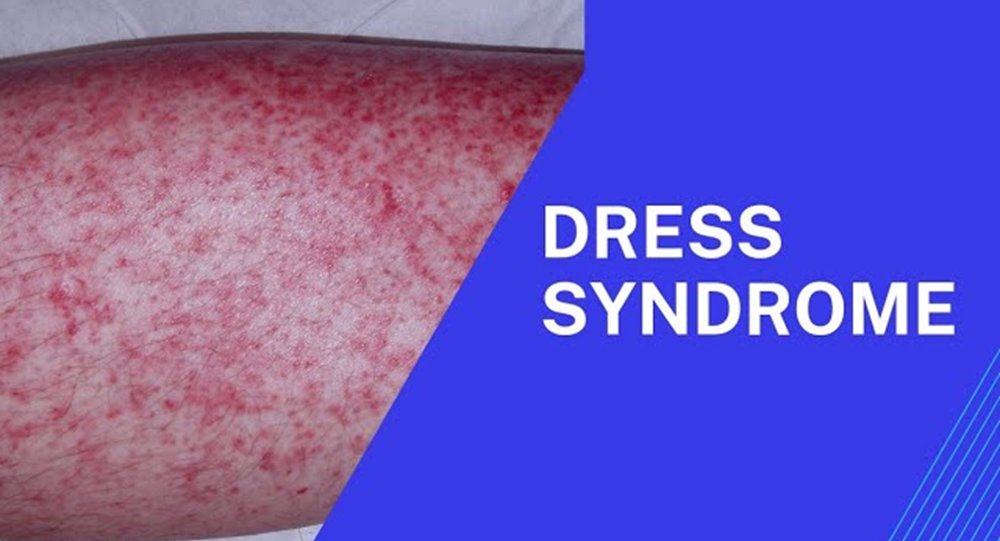Description

Copyright infringement not intended
Picture Courtesy: Strong Medicine
Context: The Indian Pharmacopoeia Commission (IPC) has alerted about mefenamic acid (Meftal), a commonly used painkiller, due to potential Drug Reactions with Eosinophilia and Systemic Symptoms (DRESS) Syndrome based on Adverse Drug Reactions (ADRs) analysis from the PvPI database.
Details
- Drug Reaction with Eosinophilia and Systemic Symptoms (DRESS) Syndrome is a severe and potentially life-threatening hypersensitivity reaction that can occur as a response to various medications.
DRESS Syndrome
Onset and Symptoms
- Symptoms typically appear around 2 to 8 weeks after starting the medication.
- Symptoms include fever, rash (morbilliform rash - measles-like), facial swelling, and lymph node enlargement.
- Besides skin symptoms, organs like the liver, lungs, or kidneys can be affected, leading to more severe complications.
Causes
- DRESS Syndrome can be triggered by a wide array of drugs, although some medications are more commonly associated, including antiepileptic drugs, antibiotics, allopurinol (used for gout), and NSAIDs (like Mefenamic acid).
- Unlike immediate allergic reactions, symptoms of DRESS Syndrome appear after a few weeks of initiating the drug.

Diagnosis
- Diagnosis is based on clinical symptoms and a temporal association with starting a new medication.
- Eosinophilia (an increase in a type of white blood cells called eosinophils) and abnormal liver or kidney function tests might be observed.
Treatment of DRESS Syndrome
- The primary and crucial step in managing DRESS Syndrome is stopping the medication responsible for the reaction.
- Depending on the severity, organ involvement might require specialized care.
- Topical steroids for skin involvement and systemic steroids (oral or intravenous) might be needed in severe cases to dampen the immune response.
- Close monitoring of organ function and blood tests during and after treatment is essential.
Prognosis and Follow-up
- Recovery can take weeks to months. The average recovery time is about six to nine weeks.
- While most patients recover well, there's a possibility of developing autoimmune diseases later on. Thus, ongoing monitoring might be necessary.
Prevention and Precautions
- Since predicting who might develop DRESS Syndrome is challenging, it's advisable to use caution with medications and report any adverse reactions promptly to healthcare providers.
- Only take over-the-counter painkillers or any medication under the guidance of a healthcare professional, especially if there's a history of adverse drug reactions.

Conclusion
- DRESS Syndrome, while rare, emphasizes the importance of cautious medication usage and close monitoring of adverse drug reactions to ensure patient safety. Early recognition and prompt intervention play a crucial role in managing this condition.
|
PRACTICE QUESTION
Q. What does DRESS Syndrome stand for?
A) Dermatitis Reaction with Eczema and Systemic Symptoms
B) Drug Reaction with Eosinophilia and Systemic Symptoms
C) Delayed Response to Systemic Symptoms and Eczema
D) Distinctive Rash with Eosinophilia and Systemic Symptoms
Answer: B
Explanation:
DRESS Syndrome is characterized by a drug-induced hypersensitivity reaction with eosinophilia and systemic involvement.
|
















